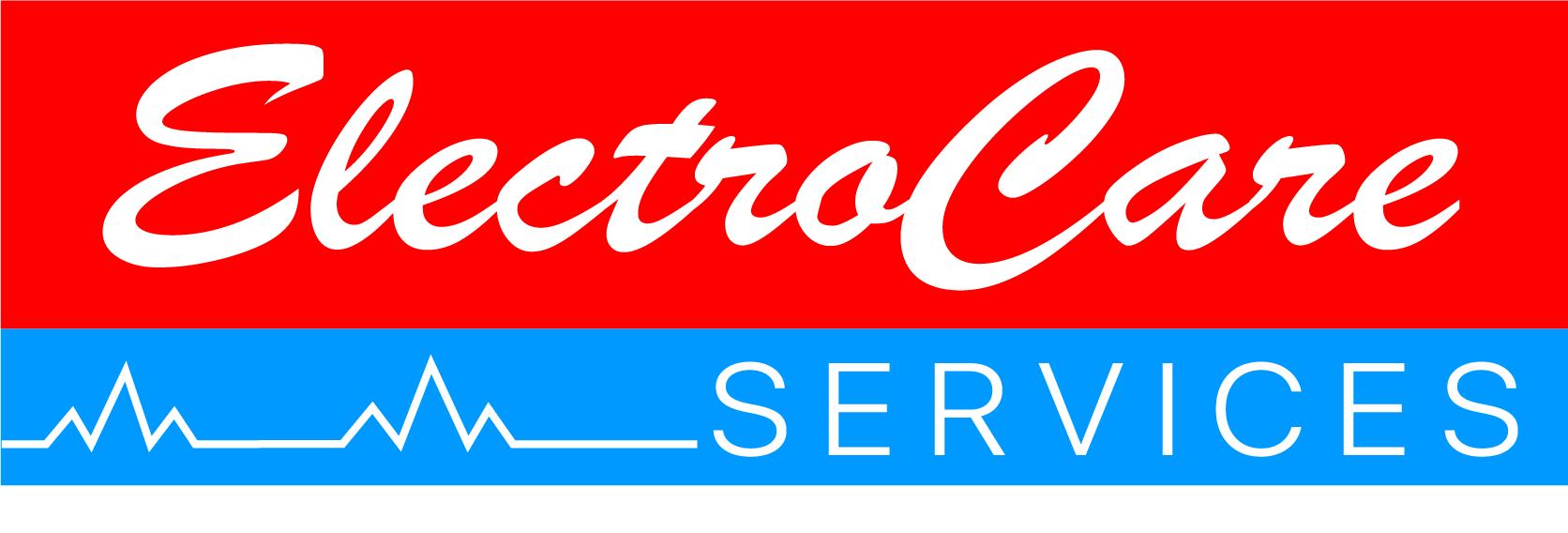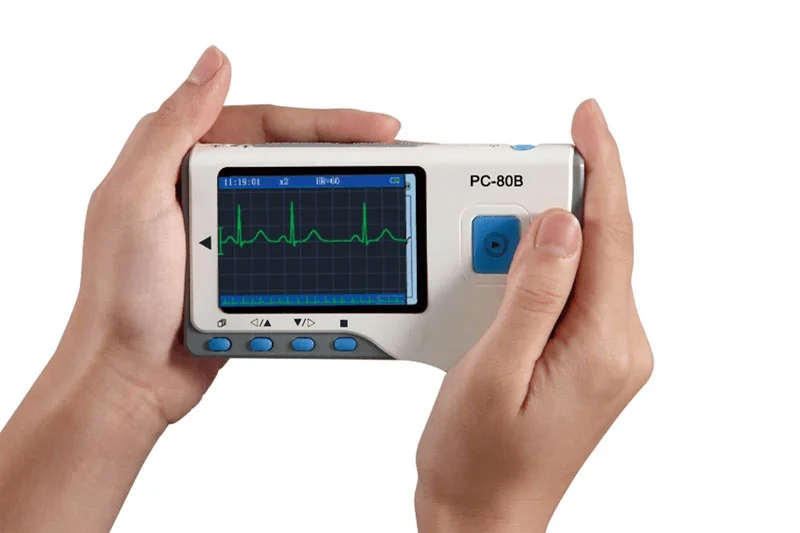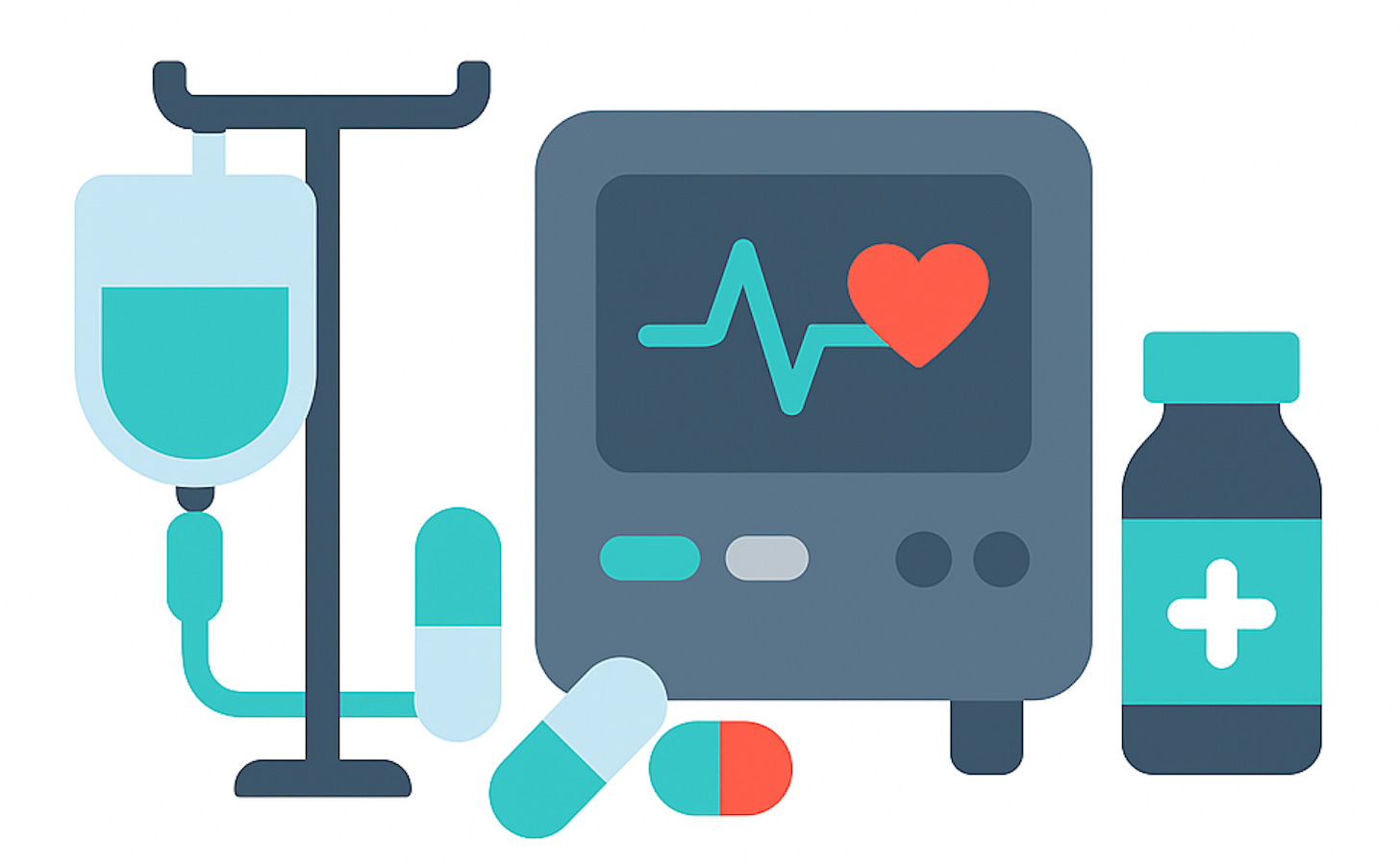Portable ECG Machine and Its Uses
Electrocardiography (ECG or EKG) is a crucial medical procedure used to monitor and record the electrical activity of the heart. Portable ECG machines are compact, easy-to-use devices that allow healthcare professionals to conduct heart assessments in various settings, including clinics, hospitals, homes, and remote locations. This guide explores the features, benefits, and uses of portable ECG machines.
Features of Portable ECG Machines
- Compact and Lightweight Design:
- Portable ECG machines are designed to be easily carried and used in diverse environments. They are lightweight and compact, making them ideal for mobile healthcare services.
- User-Friendly Interface:
- These devices come with intuitive interfaces, often featuring touchscreens, allowing healthcare providers to operate them with minimal training.
- High-Quality ECG Recording:
- Despite their small size, portable ECG machines offer high-quality, accurate ECG recordings. They capture detailed waveforms that are essential for diagnosing cardiac conditions.
- Battery Operated:
- Portable ECG machines are typically battery-operated, ensuring they can be used even in locations without reliable access to power. This feature makes them perfect for emergency situations and rural healthcare settings.
- Connectivity Options:
- Many portable ECG machines come equipped with Bluetooth or Wi-Fi connectivity, enabling the transmission of ECG data to other devices or healthcare facilities for further analysis and storage.
- Data Storage and Transfer:
- These devices often include internal memory for storing patient data, which can be transferred to computers or cloud storage for long-term records and detailed analysis.
Uses of Portable ECG Machines
- Emergency Medical Services (EMS):
- Portable ECG machines are invaluable in emergency situations. Paramedics and emergency responders use them to quickly assess a patient’s heart condition en route to the hospital, enabling early diagnosis and intervention.
- Home Healthcare:
- Patients with chronic heart conditions or those requiring regular monitoring can benefit from portable ECG machines at home. This allows for continuous monitoring without the need for frequent hospital visits.
- Remote and Rural Healthcare:
- In remote or rural areas with limited access to medical facilities, portable ECG machines provide critical diagnostic capabilities. Healthcare workers can perform ECGs on-site and transmit the results to specialists for review.
- Clinical and Outpatient Settings:
- Portable ECG machines are used in clinics and outpatient departments to quickly screen patients for cardiac issues. Their portability allows them to be moved between different consultation rooms or departments easily.
- Telemedicine:
- With the rise of telemedicine, portable ECG machines enable remote cardiac assessments. Patients can perform ECGs at home, and the data can be sent to their healthcare provider for evaluation, facilitating timely medical advice and intervention.
- Sports and Fitness Monitoring:
- Athletes and fitness enthusiasts use portable ECG machines to monitor their heart health during training and competitions. This helps in identifying any potential cardiac issues early and ensures their safety during physical activities.
- Occupational Health:
- Companies use portable ECG machines as part of their occupational health programs to monitor the heart health of their employees, especially those in high-stress or physically demanding jobs.
Conclusion
Portable ECG machines are versatile, essential tools in modern healthcare, offering flexibility and convenience without compromising on accuracy and reliability. Their ability to provide immediate, high-quality cardiac assessments makes them indispensable in various medical settings, from emergency services to remote healthcare. By investing in portable ECG machines, healthcare providers can enhance their diagnostic capabilities, improve patient outcomes, and extend their reach to underserved populations.



